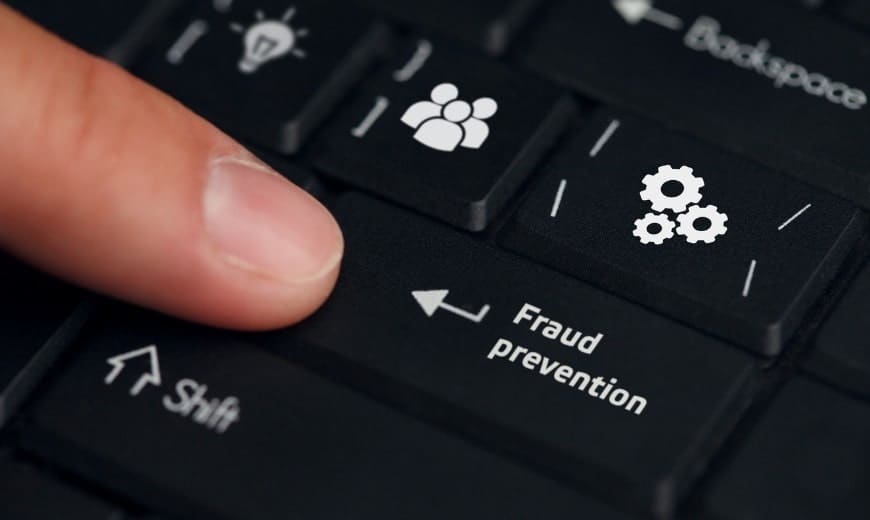
These days, our digital surroundings are chock-full with cyber threats. Whenever we click on an ecommerce site to take a look at clothing, or initiate payment for online goods, or generate passwords for newly-created accounts, we run the risk of exposing ourselves to cyber attacks from hackers who wish to implant viruses into our devices, or steal our personal information and banking data.
The early-2022 DBS Bank Hacking scandal is a prime example of this modern threat to our finances, with some DBS/ POSB clients even saying that their accounts were being drained of money despite not clicking on phishing links or sharing their passwords.
As we increasingly use the digital landscape to carry out our requirements, such as looking for information online, purchasing something, or registering for an event, criminal elements also increasingly begin to shift their focus to the digital space. Currently, hacking and stealing of personal data is one of the foremost forms in which criminal elements attempt to wean money off unwitting citizens.
How can we do our best to protect our data?
Four Basic Steps to Protect Yourself From Phishing
- Protect your computer by using security software.
Set the software to update automatically so that any new security threats can be covered.
- Protect your mobile phone by setting software to update automatically.
Under the same logic, new cyber security updates could protect your device against potential attacks that were discovered by the software managers.
- Protect your accounts by using multi-factor authentication.
Multi-factor authentication is where two or more credentials are required to log in to your account, such as needing both a password and an SMS code. Multi-factor authentication makes it harder for scammers to log in to your accounts if they do get your username and password.
- Protect your data by backing it up.
Backing up your data and keeping it recorded somewhere secure is smart move if your data is ever to be stolen and destroyed by hackers. You can copy your computer files to an external hard drive or cloud storage. Back up the data on your phone, too.
Four Basic Steps to Better Defend Yourself from Hackers
- Don’t access personal or financial data with public Wi-Fi.
Checking your bank account information or making transactions is best done using a secure connection.
- Turn off anything you don’t need
Hackers have an easier time gaining access to your information, location, or connection when you keep your GPS, wireless connection and geo-tracking on. It is best to just turn them on only when you need them.
- Choose your apps wisely
Apps should only be downloaded from trustworthy sources with a good reputation. Make sure you regularly update your software and apps and get rid of old apps you don’t use.
- Use passwords, lock codes, or encryptions
Your passwords should be at least eight characters long, with a mix of upper and lower case, and include numbers or other characters. Never ever use the auto-fill feature for passwords. You can use the storage encryption feature on your phone to protect your private data, and set your screen to timeout after five minutes or less.
Conclusion
With all this said and done, these are just the basic cybersecurity practices one should have. There are many more avenues of attack which hackers and phishers can strike from.
To explore them in greater detail, consider registering for our Cyber Security Awareness Training course. To understand vectors that can be used for hacking and to gain insight into what a hacker might see, check out our Certified Ethical Hacker course.
Take a look at our Cyber Security Courses.

